We were up early as we had a lot planned for the day. We quickly made coffee in our lovely Nespresso type coffee pot we bought at Hofer and ate some granola bars and a slice of cheese. The coffee pot has made our morning breakfasts so much better, but sadly, we will have to leave it behind when we head home as the plug is incompatible with ours in St. Louis.
Today we were off to tour more churches. It was another rainy day and somewhat chilly but we are here so we shall forge on! We took the train to the stop near the Opera House, then walked toward the center of the ring to find our first church. On the way we saw the Hotel Sacher where the famous Sacher torte was first made—we still haven’t had one of those so we will see about that later today. By 10:15 a.m. we had made it to the first church, Augustinerkirche or St. Augustine’s church. According to the guidebooks this church has one of the best-preserved 14th century Gothic interiors. It was not as ornate as some but still lovely (Check out the modern chandeliers that don’t look as if they belong).
We came here to see the place where they interred the hearts of the Hapsburgs in silver jugs only to find that they only open the crypt on Sundays. Well d—n! We were not the only ones here who were peering through the iron gate (why an iron gate? To keep the hearts in?). So before leaving we stopped so Mike could pose in front of a skeleton painting (okay that was just gruesome!) and saw the impressive tomb of Maria Christina, the favorite daughter of Empress Maria Theresa, and the tomb of Leopold II. Both tombs of course were empty as the remains were actually in the Kaisergruft (the crypt we saw yesterday).
Next stop was to find the grand Baroque gilded plague monument called the Pestsäule in the middle of the busy Graben shopping street (Graben actually means ditch and was originally the moat for a Roman encampment). Emperor Leopold I had the monument built in 1679 to commemorate Vienna being delivered from an epidemic of plague. The column was devised by the Jesuits and shows a saintly figure and an angel who are supervising the destruction of the plague symbolized by a hag. The Emperor of course was shown praying above. This monument became the model for other cities that were suffering from epidemics of plague. Maybe we need to build some more of these now!
Then we decided we needed some sustenance before we moved on to the next item on our list. Not far away we saw a little bakery called Café Aida where everything appears to be pink (why is that?).
We did find out that these are a Vienna chain of espresso bar/pastry shops known as Café-Konditorei. Since we hadn’t had cakes and pastries at one of these little shops yet that was our choice today. We both had lovely coffees with whipped cream (called Melanges) and really rich chocolate cakes with chocolate topping (an Aida Torte and a Mozart Torte). As Marie Antoinette said, “let them eat cake!”
Our next stop was to take the RingTrain around to the Swedenplatz stop where we wanted to see another church. Once we hopped off the train, we decided to view the Danube Canal (the Danaukanal) that flows near this stop—we weren’t able to make it to the actual river this time. As we sauntered by the water along the Franz-Josef-Kai, we saw a restaurant that looked like a greenhouse and was right on the other side of the river’s edge. Maybe a place for us to visit later today?! So, across the bridge along a road called the Hollandstrasse. Sadly, the restaurant was not open yet so back across the bridge we came.
As we walked along, we saw this interesting ancient wall so we stopped to look at it. There was a sign pointing up the steps to Ruprechtskirche (St. Ruprecht’s church). So, we added it to our list and up the stairs we went. This church was said to be the oldest church in Vienna with its beginnings in the 11th century. St. Rupert of Salzburg, the patron saint of salt merchants, was for whom it was named. The place appeared to be overgrown and not open. But we walked around and luckily a woman was coming out of the church door and getting ready to lock up.
We asked if we could look around inside and Yay! She let us do so. This is a very small, sparse church that has had frequent renovations. As a result the chancel has Romanesque stained glass, the choir is from the 13th century, and the altar is from the 15th century. Although rather dark and foreboding it was fascinating because of its age.
Then on to the next stop for our church adventures today. We walked around searching for the Jesuit church, Jesuitkirche. As I have been working for a Jesuit University for the past 20 years, we always try to find their church in whatever city where we find ourselves. The façade of the church dominates Dr-Igna-Seipel-Platz where the Jesuits moved their headquarters in 1620 to be near the Old University which they controlled. Quite often these churches are rather plain on the outside, but the Jesuits don’t believe in spare interiors! This one fit that description, for sure. It does not fail in over the top ornamentation, including an amazing trompe l’oeil effect on the ceiling. This is a church not to be missed.
Next stop was to find Michaelskirche or St. Michael’s Church. This was one of the grand churches in the city and also one of the old Baroque designed churches. Legend says this church was first built in 1221 and has parts still standing from that time. Who knows if that is truly correct but what you see today was built in 1792. All we can say about the interior is wowee zowee--this church was quite amazingly ornate.
No skimping on the ornamentation here! Beautiful painted ceilings, a gilded organ, gold everywhere! We took a lot of photos here as it was just such a vision of beautiful items everywhere one looked.
And finally, we decided to visit Peterskirche or St. Peter’s Church which was another church that has supposedly been here since the 12th century although most of what was there today was from the 18th century. There had been a church on this site since Vienna was a Roman camp called Vindobona. We wanted to see two things in this church—the statue of St. John Nepomuk as there is a church dedicated to him in St. Louis and also the glass cases with richly clothed skeletons on the right and beneath the altar. These are supposed to be the remains of early Christian martyrs originally from the catacombs in Rome. If so, how did they get here?
Then we headed off to find the Globe Museum (Globenmuseum). On the way we saw these HUGE doors and I just had to show how tall they were! I just love globes so wanted to be sure and not miss this place. We found the museum and decided to buy combination tickets for this museum and two others which we will try to visit. The museum was in a former Hapsburg palace (the Palais Mollard-Clary)—no surprise there as they had lots of them—which dates to 1686 and is named after its two tenants. It is now part of the Austrian National Library (Osterreichische Nationalbibliothek) with part of it devoted to the globes. One of the hallways was still decorated as it would have been originally, but the rest has been turned over to the globe collection—there are antique globes, teensy ones, moon ones, etc.
with a special chamber holding the giant 16th century globes by Gerard Mercator. If you have any interest in globes, then this is definitely the place to visit.
Our tickets also included entrance to the Esperanto Museum which was in the same building so that was our next stop. It is officially known as the Esperanto Museum and Collection of Planned Languages which holds the largest collection of constructed languages in the world, think of Klingon for example. Have you all heard of the language of Esperanto? It was a widely spoken constructed international auxiliary language. Its developer, a Polish ophthalmologist, wanted to construct a language that would become a universal second language and foster world peace and international understanding. He believed that our differences in languages were hampering our ability to be a world community. The use of the language has continued to grow since its inception in 1905 and continues today. They had sample books and even a recording of someone reading a book so you could listen and follow along.
Next stop was the Papyrus Museum, also part of our combination ticket. We had to search for this one but wanted to at least see what they had. We thought we would just breeze quickly through it, but no that was not the case. This was a truly fascinating exhibit! There were thousands of pieces of papyrus including rental agreements, a divorce decree, sales documents, etc. And three copies of the book of the dead along with mummy head coverings and the name tags that had been on some mummies. We spent way more time here than we thought we would.
This had been a long day, so we decided to have dinner before heading back to the hotel. We went looking for some place that looked inviting and down a side street called Annagasse, we found Café Restaurant Morris. Mike decided to have beef goulash (Rindsgulasch) and red wine (Blauburger) while I had fried fish and steamed vegetables (Schollenfilet) with a glass of white wine (Gruner Vetliner). The food was good, and the place was very quiet—this is not high tourist season so no lines or waiting for a table. After dinner we walked back through the wet street to the train and rode back to our hotel. We had such a lovely varied day of touring. Tomorrow is our last day and there just hasn’t been enough time to see everything we wanted to see.

 Vienna, Vienna, Austria
Vienna, Vienna, Austria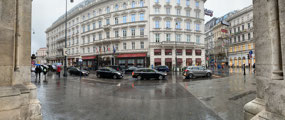
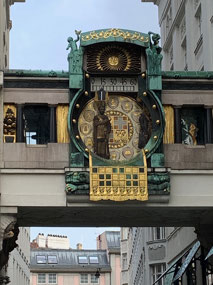
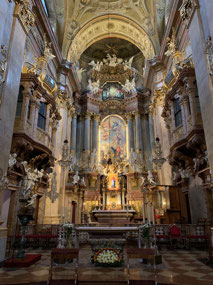
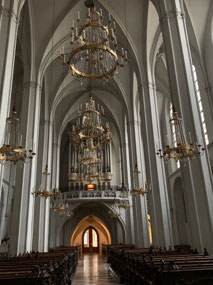
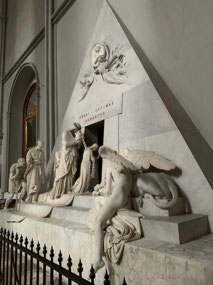
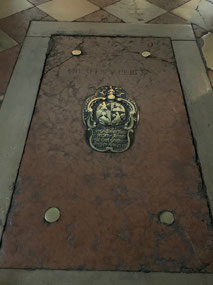



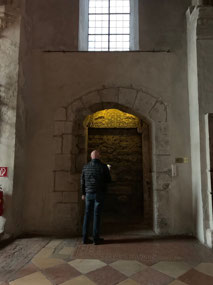
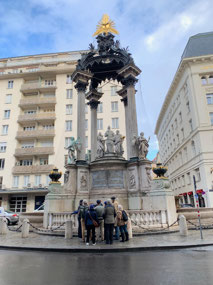
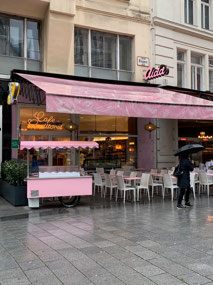
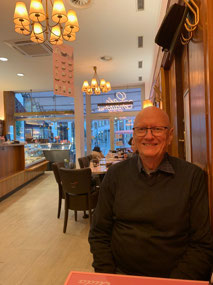
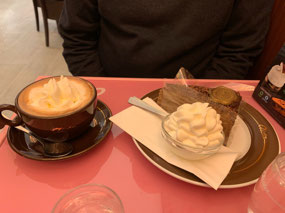
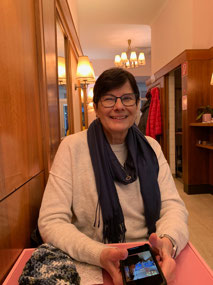
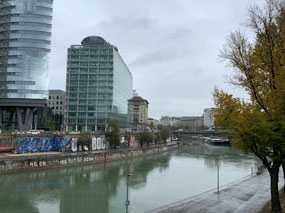
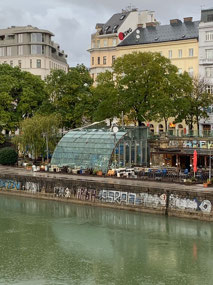
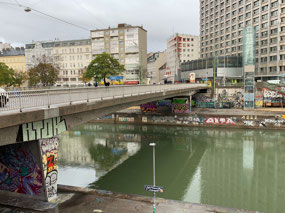
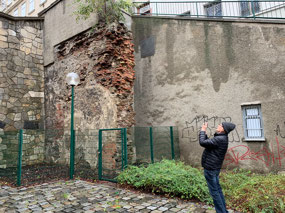
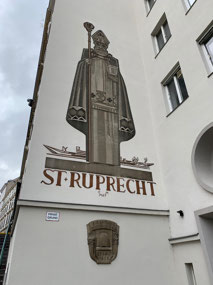
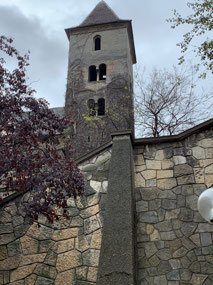

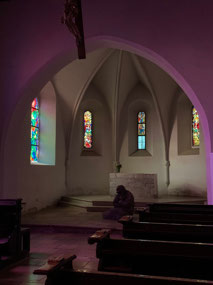
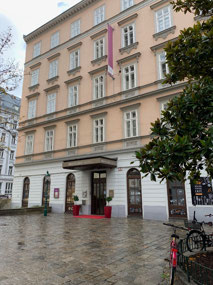

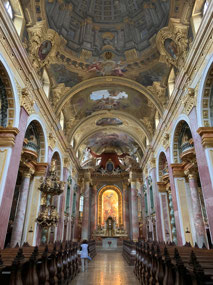
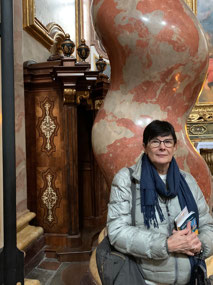
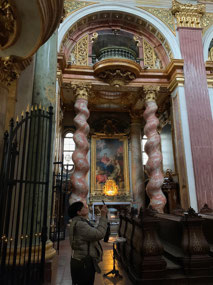
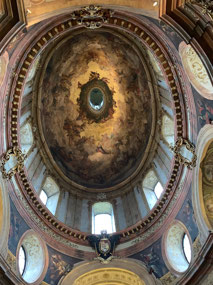
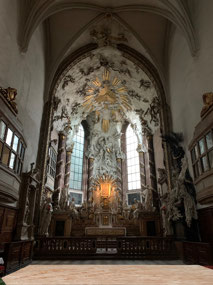
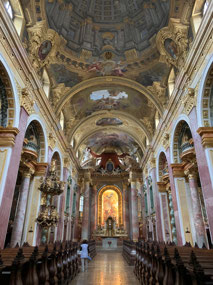
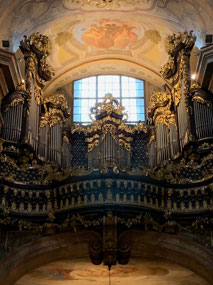
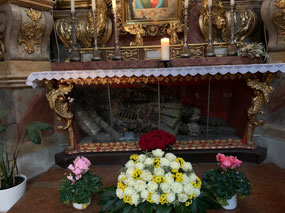
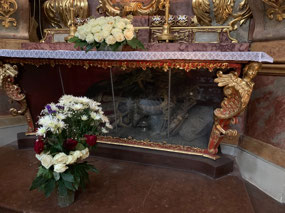
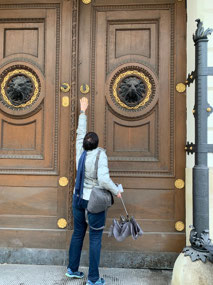
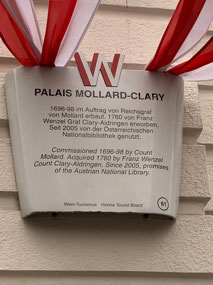
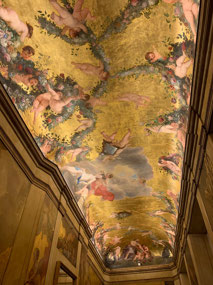
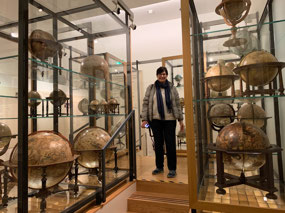
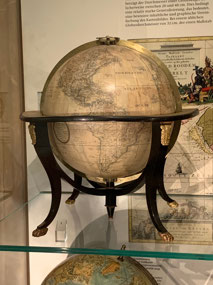
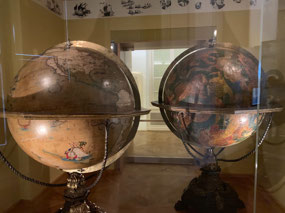
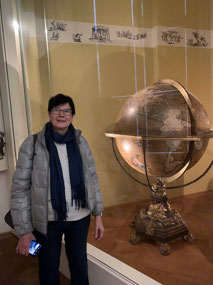
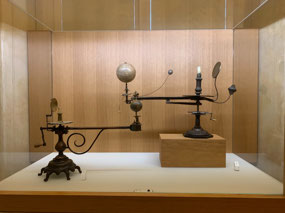

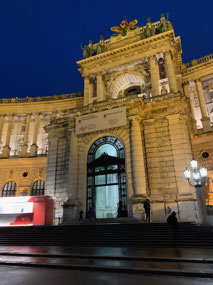
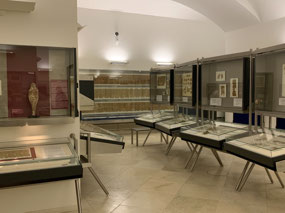
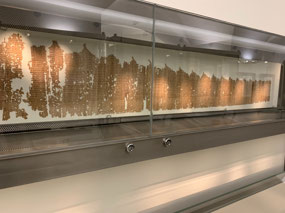
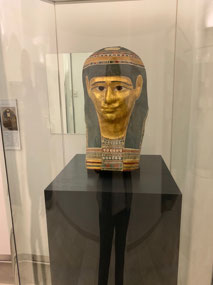
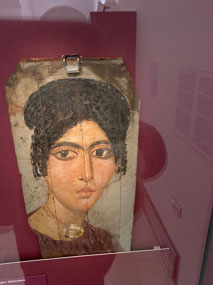
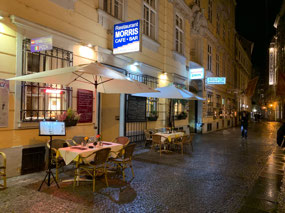
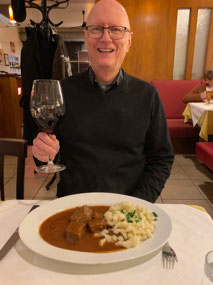
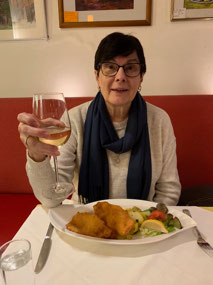
2025-05-22